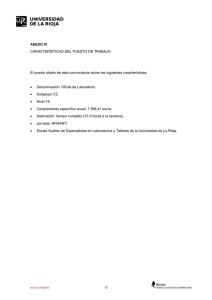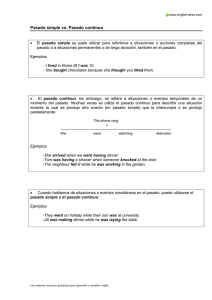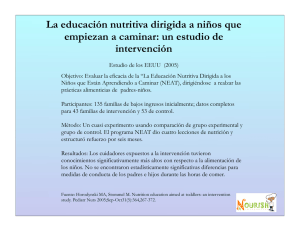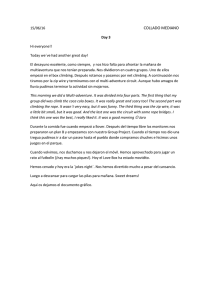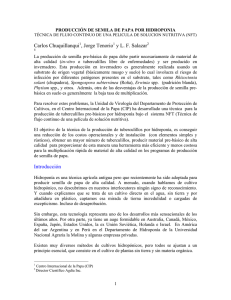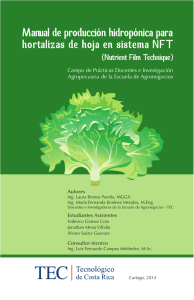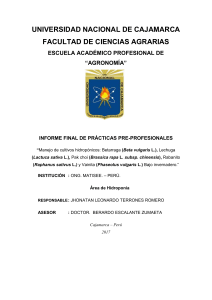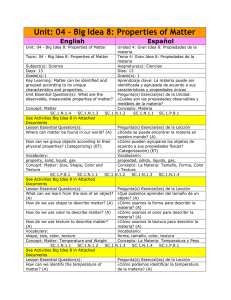efecto de conductividades eléctricas de la solución nutritiva sobre el
Anuncio
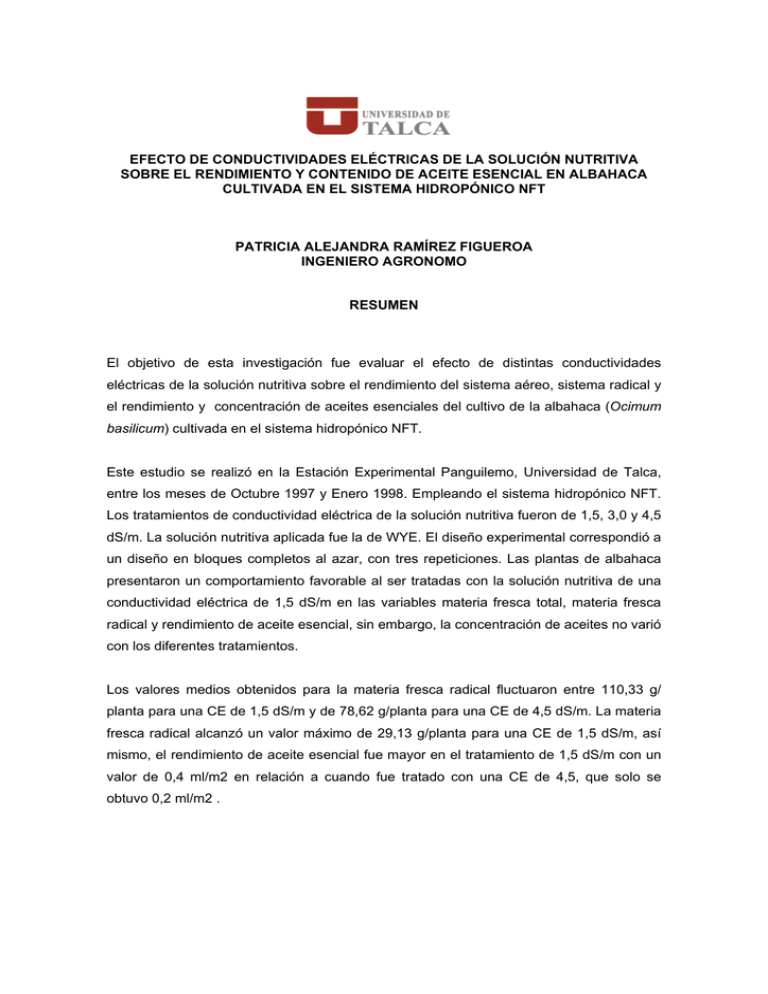
EFECTO DE CONDUCTIVIDADES ELÉCTRICAS DE LA SOLUCIÓN NUTRITIVA SOBRE EL RENDIMIENTO Y CONTENIDO DE ACEITE ESENCIAL EN ALBAHACA CULTIVADA EN EL SISTEMA HIDROPÓNICO NFT PATRICIA ALEJANDRA RAMÍREZ FIGUEROA INGENIERO AGRONOMO RESUMEN El objetivo de esta investigación fue evaluar el efecto de distintas conductividades eléctricas de la solución nutritiva sobre el rendimiento del sistema aéreo, sistema radical y el rendimiento y concentración de aceites esenciales del cultivo de la albahaca (Ocimum basilicum) cultivada en el sistema hidropónico NFT. Este estudio se realizó en la Estación Experimental Panguilemo, Universidad de Talca, entre los meses de Octubre 1997 y Enero 1998. Empleando el sistema hidropónico NFT. Los tratamientos de conductividad eléctrica de la solución nutritiva fueron de 1,5, 3,0 y 4,5 dS/m. La solución nutritiva aplicada fue la de WYE. El diseño experimental correspondió a un diseño en bloques completos al azar, con tres repeticiones. Las plantas de albahaca presentaron un comportamiento favorable al ser tratadas con la solución nutritiva de una conductividad eléctrica de 1,5 dS/m en las variables materia fresca total, materia fresca radical y rendimiento de aceite esencial, sin embargo, la concentración de aceites no varió con los diferentes tratamientos. Los valores medios obtenidos para la materia fresca radical fluctuaron entre 110,33 g/ planta para una CE de 1,5 dS/m y de 78,62 g/planta para una CE de 4,5 dS/m. La materia fresca radical alcanzó un valor máximo de 29,13 g/planta para una CE de 1,5 dS/m, así mismo, el rendimiento de aceite esencial fue mayor en el tratamiento de 1,5 dS/m con un valor de 0,4 ml/m2 en relación a cuando fue tratado con una CE de 4,5, que solo se obtuvo 0,2 ml/m2 . ABSTRACT The aim of this study was to evaluate the effect of different electrical conductivities of the nutrient solution over the aerial parts, root systems, yield and essential oil concentration of basil (Ocimum basilicum) grown by Nutrient Film Technique (NFT) system. This study was carried out at the experimental station Panguilemo belong to Universidad de Talca, Talca, Chile, between October 1997 and January 1998. Basil was grown by a NFT system; the treatments were electrical conductivities (E.C.) of 1.5, 3.0 and 4.5 dS/m in the nutrient solutions. Wye solution was used in the experiment. The experimental design was a complete randomized block, with three replicates. Basil plants grown at 1.5 dS/m of nutrient solution showed a higher total fresh matter, root fresh matter and essential oil yield, however, the oil concentration was similar between treatments. The fresh matter of roots fluctuated between 110.33 g/ plant at 1.5 dS/m E.C. and 78.62 g/plant at 4.5 dS/m. The root fresh matter reached to a maximum value to 29.13 g/plant (E.C. 1.5 dS/m). The essential oil yield was higher at 1.5 dS/m (0.4 ml/m2), than plants grown at E.C. 4.5 dS/m (0.2 ml/m2).
